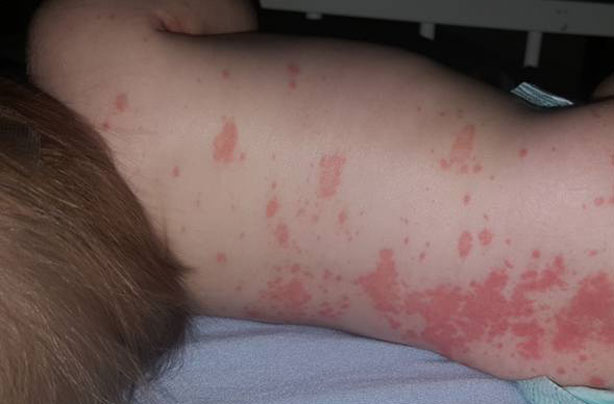
Meningitis rashes are a very common skin problem that may occur as early as the first stages of the illness. A meningitis rash occurs as a symptom of the illness, and it is not usually indicative of the cause of the illness. However, meningitis rashes are common in the initial days of the illness and they can last for weeks, months, or even years depending on the severity. There are various symptoms of meningitis including fever, fatigue, malaise, headache, and muscle aches. Some of the signs may occur at any time but most of the symptoms start to manifest around the second week.
Meningitis rashes are a very serious symptom and should always be evaluated by a physician or medical professional. Meningitis is a very serious disease and requires immediate medical attention.
The symptoms of meningitis include a thickening or redness of the cheeks, neck, lips, and other affected areas such as the groin and armpits. Meningitis symptoms include fever, fatigue, muscle aches, and muscle and joint pain. Meningococcus bacteria cause most cases of the disease. The virus that causes meningitis has a distinctive characteristic rash on the affected area.
Although meningitis rashes may appear on one part of the body, they are often seen on different parts of the body as well. For example, the groin, neck, and armpits are commonly affected by the disease. The symptoms of meningitis may also cause an extreme soreness or swelling of the fingers, elbows, and knees. In the later stages, the swelling may spread all over the body. It is important to remember that most meningitis symptoms may appear only after the condition has progressed, and that they may become quite severe for some people.
Another very common symptom is fever. Fever is an indication that your body is producing an excessive amount of anaerobic bacteria that feeds off of the oxygen that you are able to produce. It is normal for the body to produce enough of these bacteria to combat infection. However, the human immune system is extremely efficient and is able to eliminate these bacteria at a rapid rate when there is a significant amount. of bacteria present.
Meningitis typically results in the body producing too much of the wrong type of bacteria and it becomes chronic. This means that the body is producing too many types of bacteria for the amount of oxygen that it can produce. It then becomes essential to use other ways to fight off the excess bacteria and stop the condition from progressing.

Meningococcus bacteria are naturally present in the body but can be killed off by antibiotics
However, it can become difficult to kill off the bacteria in the later stages if your body produces a lot of the same type of bacteria.
As a result, there are various methods you can use to treat the symptoms of meningitis and prevent them from recurring. You should not delay seeking medical attention for your condition until the symptoms of the rash have disappeared.
There are many home remedies that can help treat meningitis rashes. Home remedies may include drinking plenty of warm water and consuming unsweetened yogurt. Eating yogurt every day will help provide your body with enough beneficial bacteria. Eating yogurt before and after meals can also help kill any bacteria that is still present in the stomach.
Taking natural anti-inflammatory drugs like aspirin or ibuprofen can help relieve symptoms. Aspirin and ibuprofen have been shown to reduce inflammation of the lining of the blood vessels of the brain and spinal cord. By reducing inflammation, symptoms can be controlled without taking prescribed medications.
If symptoms do not improve with home remedies and oral medications, it is recommended that you see your doctor to determine if you should take antibiotics. Antibiotics are often recommended for this condition. Doctors may prescribe amoxicillin or streptomycin for acute meningitis.
You can also see your doctor if you have a history of allergies. These allergies can trigger your symptoms and lead to the condition.